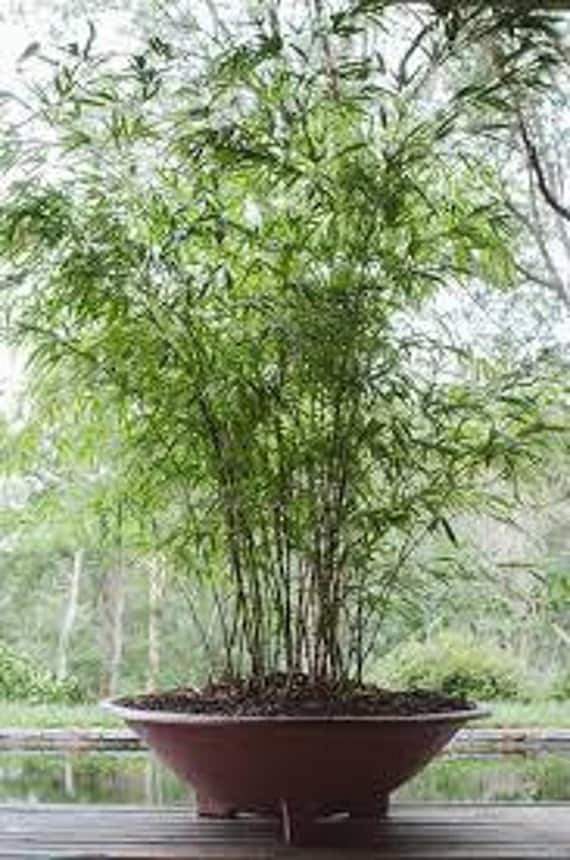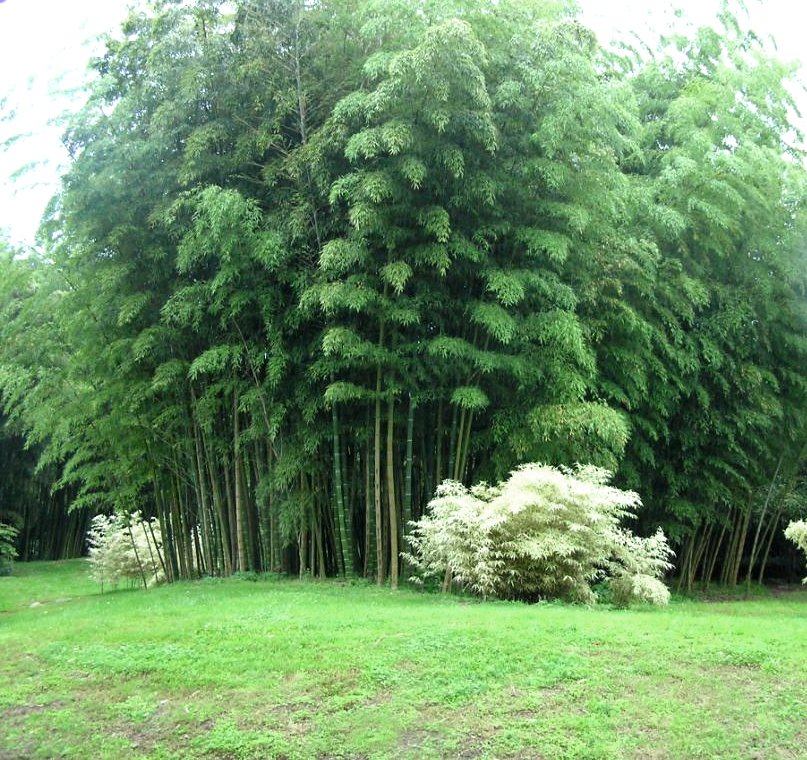

(2013) found that P. edulis tends to absorb NH 4 +under natural conditions. (2014b) showed that the growth of P. edulis seedlings are slightly improved with available NO 3 −.

For example, many conifers, ericaceous species and rice show improved growth with available NH 4 +, whereas some crops and early-successional pioneer species prefer NO 3 − ( Kronzucker, Siddiqi & Glass, 1997 Britto & Kronzucker, 2013). Due to differences in environmental conditions, plant species, and the nutritional characteristics of N sources, plants have adapted to different N forms during long-term evolution and may show optimized growth with specific N forms ( Britto & Kronzucker, 2013). In well-aerated agricultural soils and disturbed or early-successional natural ecosystems, NO 3 − is the major N source, whereas in flooded environments or acidic mature forests, NH 4 + is the dominant N source ( Glass et al., 2002 Britto & Kronzucker, 2006). Under natural conditions, ammonium (NH 4 +) and nitrate (NO 3 −) are the two primary forms of inorganic N available to plants in soil ( Xu, Fan & Miller, 2012). Nitrogen (N) is often an important factor for plant growth and productivity in terrestrial ecosystems. In addition, many bamboo forests are facing abandonment, with the forests potentially reverted to an unmanaged stand associated with a decline in soil organic matter accumulation and soil fertility ( Christanty, Kimins & Mailly, 1997 Nakashima, 2001 Chen, Wang & Wang, 2016). However, few studies have been conducted on the nutrient requirements of moso bamboo seedlings during cultivation and breeding. In fact, planting seedlings has been successfully applied in Guangxi Province, China to establish new bamboo groves ( Qin, 2009 Chen, 2019). This provides a new approach for the regeneration and introduction of flowering bamboo forests. In contrast, planting seedlings has many advantages, including easy handling, transporting, strong suitability and high survival rate with low cost ( Fu, 2000). In addition, human consumption of young edible shoots and environmental disturbance restrict the naturally rapid expansion of moso bamboo into a grove ( Cai et al., 2008). However, both removal and replanting of the mother bamboo are labor intensive, high cost with low efficiency.

Moso bamboo can be planted by transplanting mother bamboo or planting seedling the former method has generally been used for afforestation throughout China because vegetative propagation with mother bamboo typically takes only 5 years for it to form a grove compared with approximately 10 years by planting seedlings ( Banik, 1980 Fu, 2000). Moso bamboo, which covers more than 3.87 hectares, representing 70% of the Chinese bamboo forest areas and 80% of the global distribution of moso bamboo, is the most important bamboo species in China ( Song et al., 2016b). Moso bamboo ( Phyllostachys edulis) is a species of large monopodial bamboo that is native to China and extensively cultivated throughout China, Japan, Korea, and Vietnam ( Rao, Rao & Williams, 1998).

Therefore, NH 4 +nitrogen as the main form of N fertilizer, together with a low concertation of K +, should be supplied in the cultivation and nutrient management practices of moso bamboo. A lower concertation of K (≤ 0.5 mmol/L) promoted seedling growth and increasing K + concentration in the nutrient solution did not alleviate the inhibitory effect of high N on the growth of P. edulis seedlings performed well with 8 mmol/L NH 4 +and further tolerated a higher concentration of both NH 4 + and NO 3 −, although excessive N could inhibit seedling growth. Root average diameter of the seedlings was the highest with a K + concentration of 1.5 mmol/L, and K had some inhibitory effects on the chlorophyll SPAD value of the seedlings. Specifically, seedling height, leaf number, biomass and root volume increased when the K + concentration was increased from 0 to 0.5 mmol/L, followed by a decrease when the K + concentration was further increased from 0.5 to 3 mmol/L. K displayed inconsistent effects on the growth of P. edulis seedlings were higher with 32 mmol/L of NH 4 + than with 8 mmol/L of NH 4 +. Seedling height, leaf number, chlorophyll SPAD value, biomass, and root system architecture (root length, root surface area, root volume, and root tips) were greater with 8 mmol/L of NH 4 + treatments than with 32 mmol/L of NH 4 +treatments, whereas root diameter and N content of P. Among the N forms, NH 4 + significantly improved the growth of P. edulis seedlings, followed by the effect of N and K + concentrations. Our study showed that N form played a significant role in the overall performance of P.


 0 kommentar(er)
0 kommentar(er)
